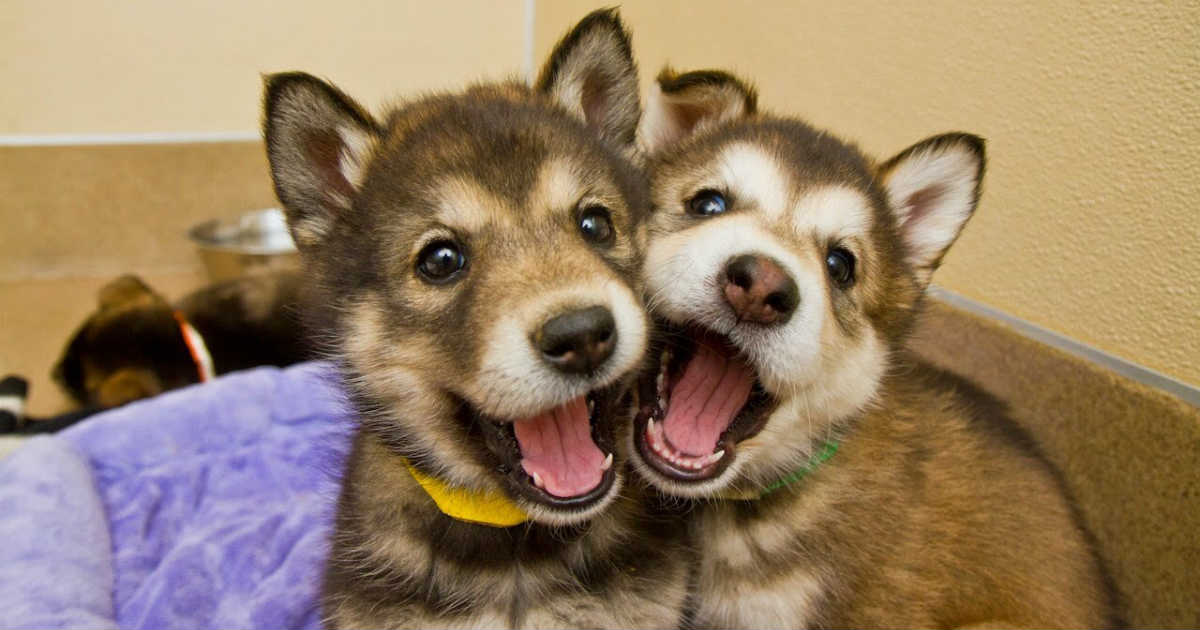Basic Training For Dogs

One of the many joys of owning a dog is the training! While training in itself can be tiring, the end result makes it all worth it. A well-trained dog is not only healthy, but it increases the bond and affection it has for the owner. Though it is not an overnight feat, the process of it slowly deepens the bond between you and your dog. Some would not even want it to be an overnight feat!
Having an obedient dog is not just having a mere slave to do your bidding. An obedient dog explodes the level of intimacy between you and him. An obedient dog is a result of proper love and care for the dog. It takes a lot of work, and that’s why it also takes a lot of love! If you deeply crave to learn how to train your dog, you are on the right place.
Why Should We Train Our Dog?
As said, training our dog can deepen the connection we have with our dogs. But more than that, a well-trained dog greatly benefits our dog too! Training can be both mentally and physically stimulating. This can keep them healthy. And a healthy dog is one that is happy!
Mentally stimulating training can prevent conditions such as separation anxiety. Your dog would learn to spend time by itself and will not be unhealthily clingy. On the other hand, aggressive or dominant dogs will acknowledge you as their owner and leader. It prevents them from seeing themselves as superior to you which on the long run, could be a big problem. Having an aggressive dog that deems itself superior to you is not a good thing to have in your house, especially if there are kids around. Trained dogs are generally calmer and since they are obedient to you, they’ll also be less aggressive towards you.
Dog training also ensures their own safety. It is critical that your dog listens to your commands during emergency situations. Especially in social situations, untrained dogs might get aggressive. This increases the risk of harm as well as diseases from the injuries. Trained dogs will learn how to remain in calm with other dogs. This will also result in healthy socializing for your dog with other dogs and people. A trained dog ensures safety not only for itself and its owner, but also for everyone around it! This would make interactions less stressful and definitely more fun.
Tips To Know
With this said, training your dog can be a hassle at times. Here are some tips to keep in mind:
- Be Patient
- Keep Commands Consistent
- Be Positive
- Manage Expectations
- Never Get Upset About Minor Mistakes
- Give High Value Treats
- Give Praises
Remember that they are dogs! It takes time for them to learn. Just because your dog is not listening to you now, it doesn’t mean that he isn’t trying. Be patient and never be negative with them. They would learn fear instead of loyalty and obedience, and it would be an even bigger problem then.
A lot of dog’s behaviors are learned or reinforced by the owners. This means that most bad behaviors are encouraged by the owners themselves! Most of the time, it is not intended due to how difficult and time-consuming training can be. If you need more help, click here to get more tips!
Essential Commands
Here is the list of essential commands for most, if not all dogs!
1. Sit
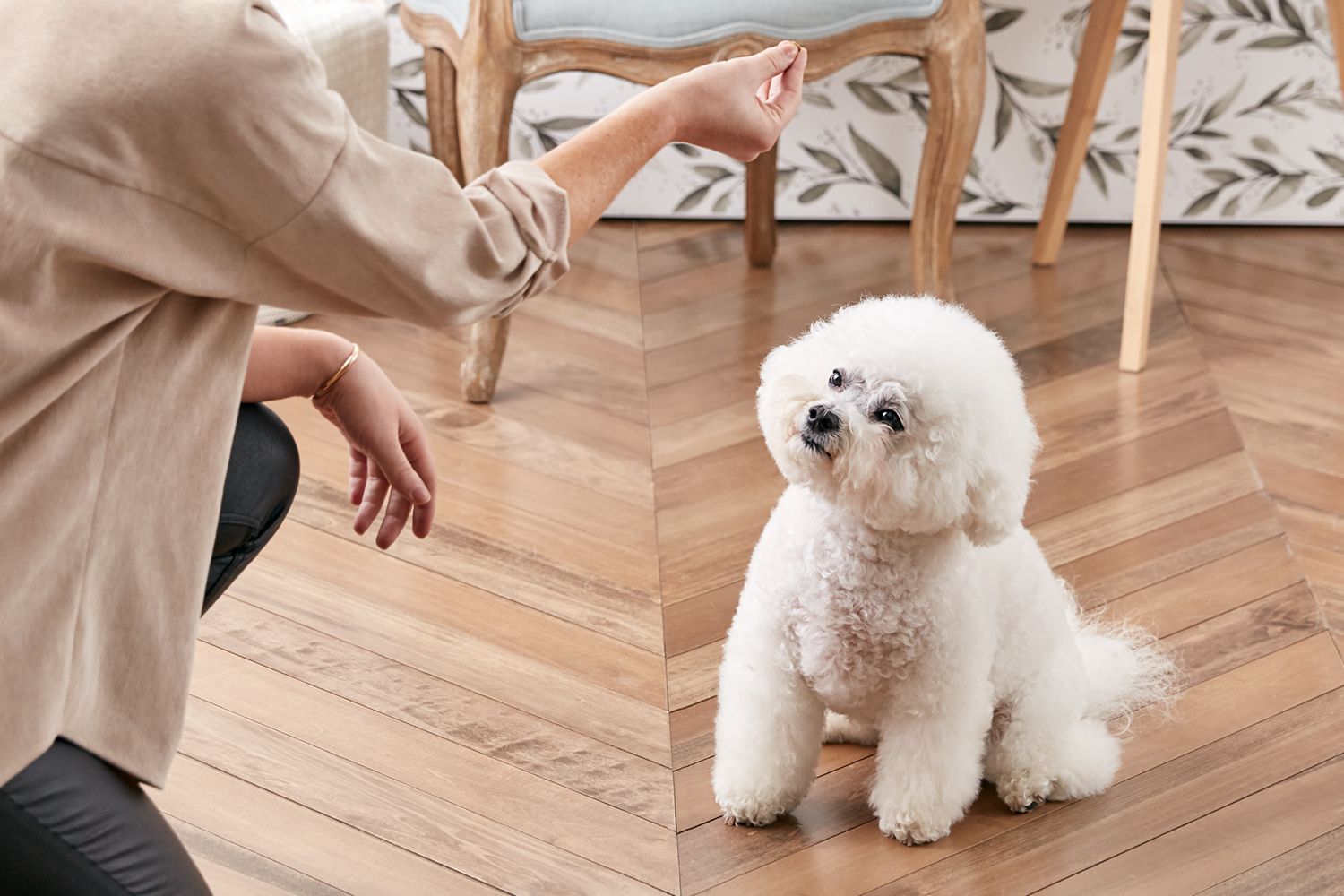
Probably one of the most famous command worldwide, training your dog to sit is more than essential to training, it’s needed. This command helps in transitioning to other commands. It is also one of the easiest commands for dogs to learn!
To train your dog this command, get a treat ready. Hold the treat above your dog’s head. As your dog looks at the treat, slowly move the treat to the tail. Your dog would naturally sit. Every time that your dog sits, say the word “sit”. Give him the treat once he sits and shower him with praises. Repeat this for a few sessions and test it out without the treat! This time, just say the command and see if he responds. If he doesn’t respond, try it a few more times. Repeat these steps until your dog has learned the trick.
2. Come
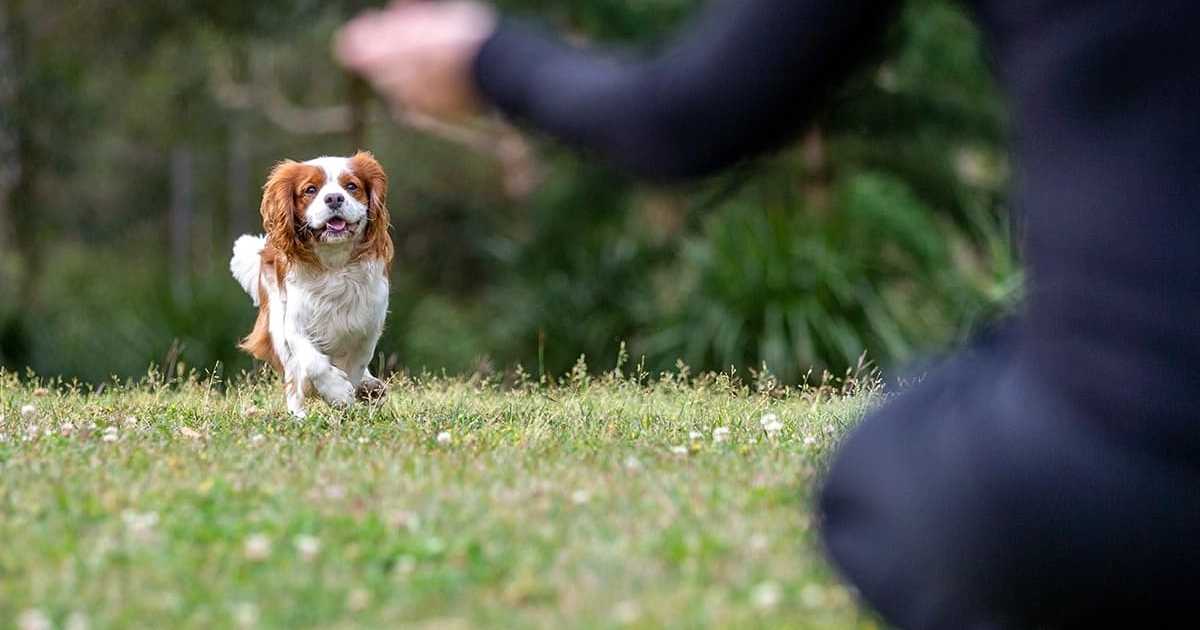
Training you dog to come and respond to you is critical. It helps in other training as well such as leash training. Plus, your own dog should respond to you whenever you call for it. How is it your dog if it doesn’t even respond to you?
The key to training your dog this command is to make things fun. Firstly, you have to get your dog to recognize its own name. You can do so by sitting close to your dog and call out for its name. Every time you say his name, you give him the treat. Do this until he responds to you when you call out his name. Repeat this step but increase the distance. When your dog comes to you for the treat, say the word “Come”. Repeat this and increase the distance gradually until your dog will come to you naturally despite the distance.
3. Stay
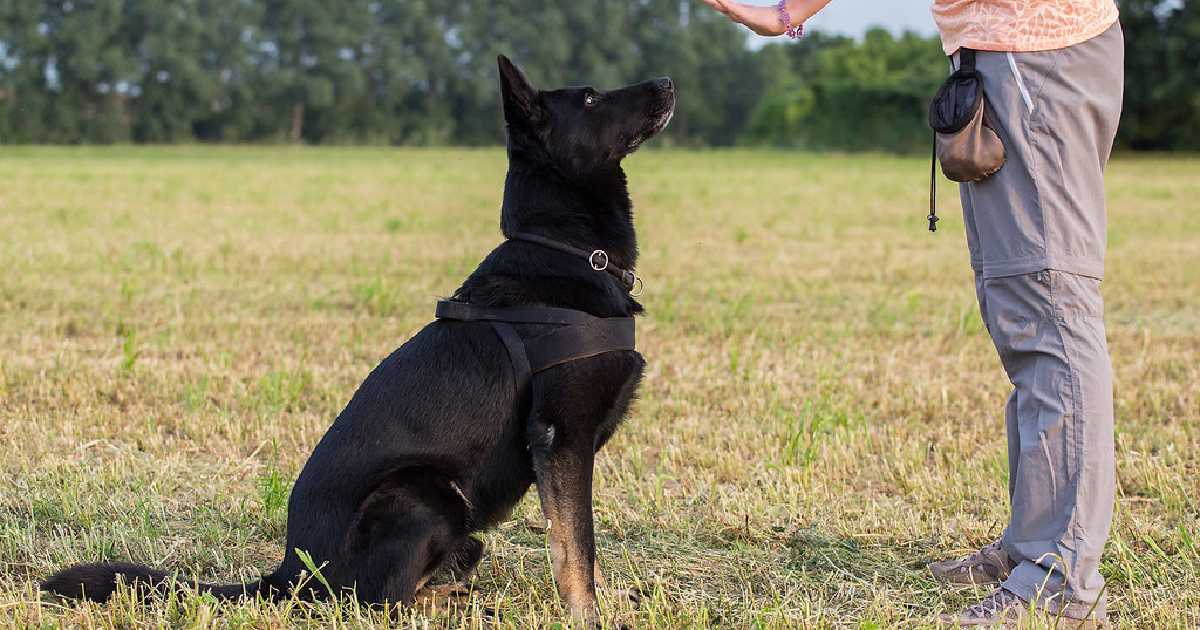
Training your dog to stay is one of the basic commands. This command will make your dog much easier to control, especially during times of high emotions. Training your dog to stay is incredibly helpful in many situations when you require your dog to be still at one location.
It’s important to note that this command requires a release word. The key to this command is that have your dog stay still until you give the release word. You can start training your dog by giving the “sit” command. Place your hand to make a stop sign in front of your dog and say the word “stay”. Then proceed to give him a treat after waiting for a bit. Say the release word when you give the treat. Repeat this but slowly increase the duration that your dog has to wait. Eventually, your dog should stay and will remain still until you give the release word.
4. Down
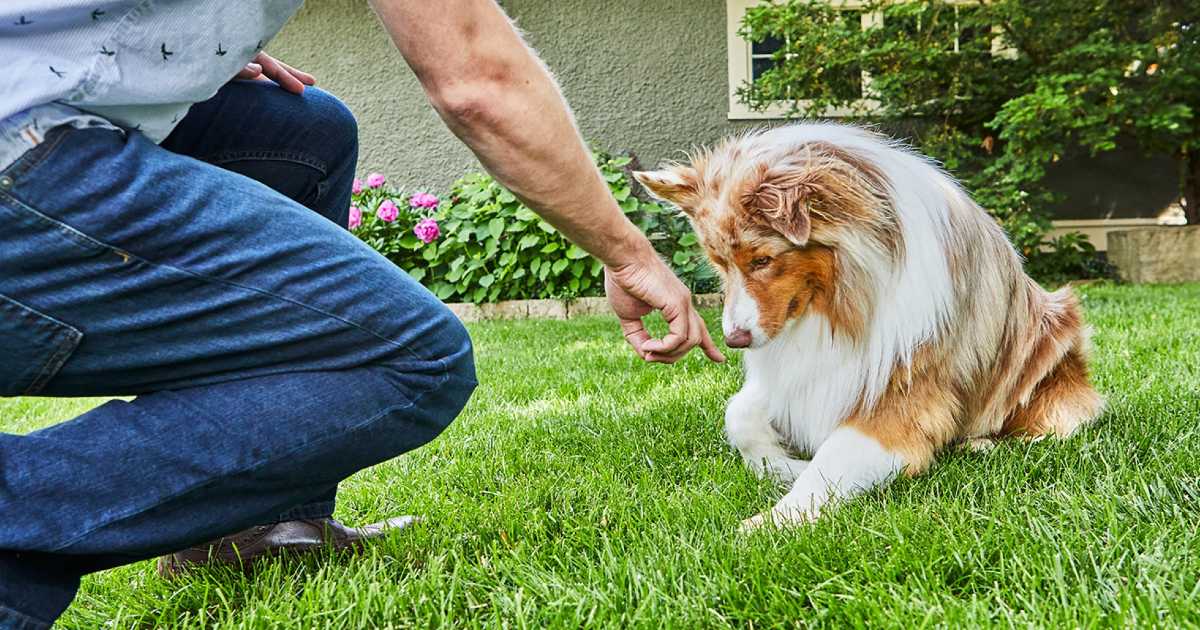
The down command is pretty easy to train and is one of the more well-known commands. This command would make grooming much easier for you and your dog.
To train your dog this command, have your dog on the sitting position. Once your dog is sitting, place a treat in front of his face but don’t feed it to him just yet! Place the treat in the middle of your dog’s paws. Make sure your dog is tracing the treat. Slowly slides down the treat towards you. As your dog follows the treat and starts to lie down, say the word “down”. Repeat this until your dog lies down without the treat. Be patient! Keep the training sessions short. Don’t continue if your dog is no longer interested and try again in the next sessions.
5. No!
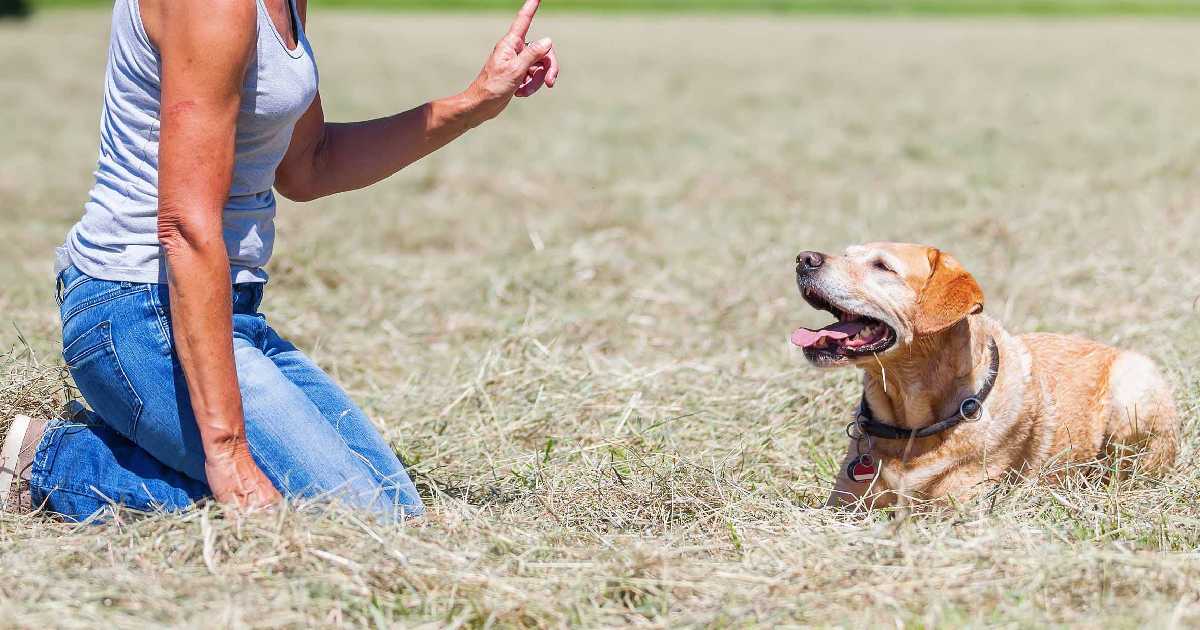
This command is incredibly helpful. When your dog does something that you don’t want it to, this command is perfect to stop your dog from doing it. Though it may take a little bit of time to master, it is all the more worth it once you get this trick down. It’s not exactly difficult, it just requires patience and repetition.
Firstly, have your dog on a leash, tied to a secure place. Stand right in front of your dog where it is not able to reach you. Place a treat in front of your dog and as your dog reaches out for it, repeat the word “no”. Once your dog understands, even if your dog waited just for a few seconds, reward your dog. As you reward your dog, say the word “Okay”. “Okay” is the release word but of course, you are free to choose whatever release word you want. Repeat this and increase the duration of the wait. You can even increase the value of the treats by placing more treats in front of your dog to increase the temptation. This trains absolute obedience and loyalty from your dog that’s devoted to you.
6. Heel
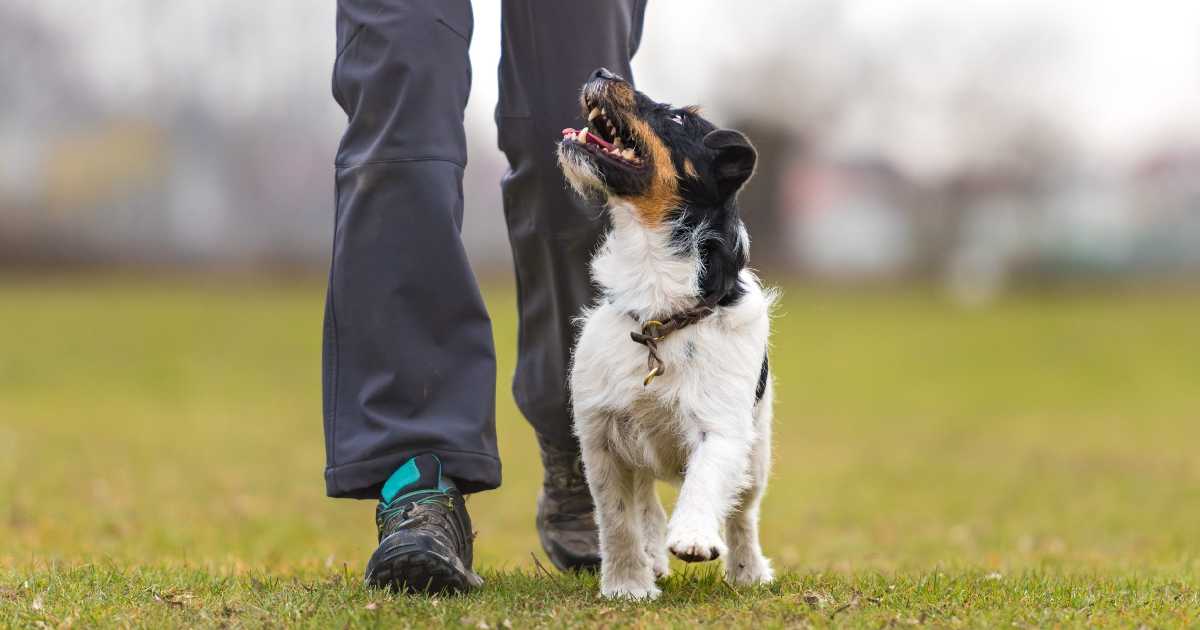
This command is important to establish since you’ll have to be walking your dog quite often. The “heel” command is to have your dog walk by your side, even if you’re holding onto the leash loosely. This will prevent your dog from pulling you every time you go for a walk.
To train your dog this command, you would need a lot of snacks with you. Preferably small bites that you can carry around with you as you are walking. Start by getting your dog comfortable with a leash. Some dogs would bite the leash at first. To get your dog comfortable, reward your dog with a treat every time you put on the leash. Once your dog is comfortable, you can start training by standing beside your dog while holding onto the leash. Take a step forward and every time that your dog catches up to you, reward him with a treat. Make sure that the treat is given right on your knee or hip level. Say the word “Heel” every time as well. You can choose other words of course. Repeat this and gradually increase the distance of the walk until your dog understands the command fully.
This command takes time and a lot of treats, but once you got it down, it’s as easy as a walk in the park! (pun intended)
7. Off Leash Training

Walking your dog without having to use a leash comes with a lot of benefits. There’s more freedom for your dog to roam, run and exercise around. You’ll be able to rest from having to handle the leash too!
However, walking your dog off leash has a lot of risks to it as well. Car accidents, attacks from other animals and your dog running loose are common fears that people have with off leash walking. Some caveat before proceeding is that you are responsible in knowing the danger signs! You have to know your dog’s personality and body language as well. To be able to read if something is wrong or when your dog is about to take off is an extremely important skill to have.Your dog must also be trained in obedience. He should come back to you whenever you call for him, even during high emotional states. You would also need to be aware of the local laws and regulations of your area! Some places do not allow off leashing walking and your dog must be on leash the whole time. Having your dog off leash in a prohibited area can be dangerous, not just for you and your dog but for others as well.
With these said, off leash training should begin only when your dog has mastered the recall and heel command. Your dog should be able to come to you whenever you call for him. Same goes with heel. This would prevent any unwanted harm while your dog is off leash. You can start training your dog to walk off leash using long leashes that mimic off leash walking. Carry out your training in a safe enclosed environment as well. The ideal condition is to have your dog naturally look back to check on you even when he’s walking further in front. This teaches your dog to always have you in sight, even while off leash. It should come natural to them. To enforce this, praise your dog or give them a treat every time they look back at you. You should also give a verbal or visual cue every time your dog does that to strengthen the command. Another way to enforce this is through your walks with your dog.
You would also want your dog to always follow you around, even while he’s in front. You can do this by suddenly turning the trajectory while walking your dog. You can also hide or walk the other way away from him to have him look for you. Don’t make it difficult for him to find! Though this is not recommended for panicky dogs or dogs with separation anxiety, this can add a lot of fun to it. And that’s the idea! You want to make it fun for your dog. Reward your dog with treats and praises each time.
After some time, test it out by taking off the leash. Repeat this until your dog is fully prepared. You can also add certain elements in your training ground to test things. Put a toy somewhere and when your dog is excited, command him to recall to test if your dog listens during high emotional situations.
8. Crate Training
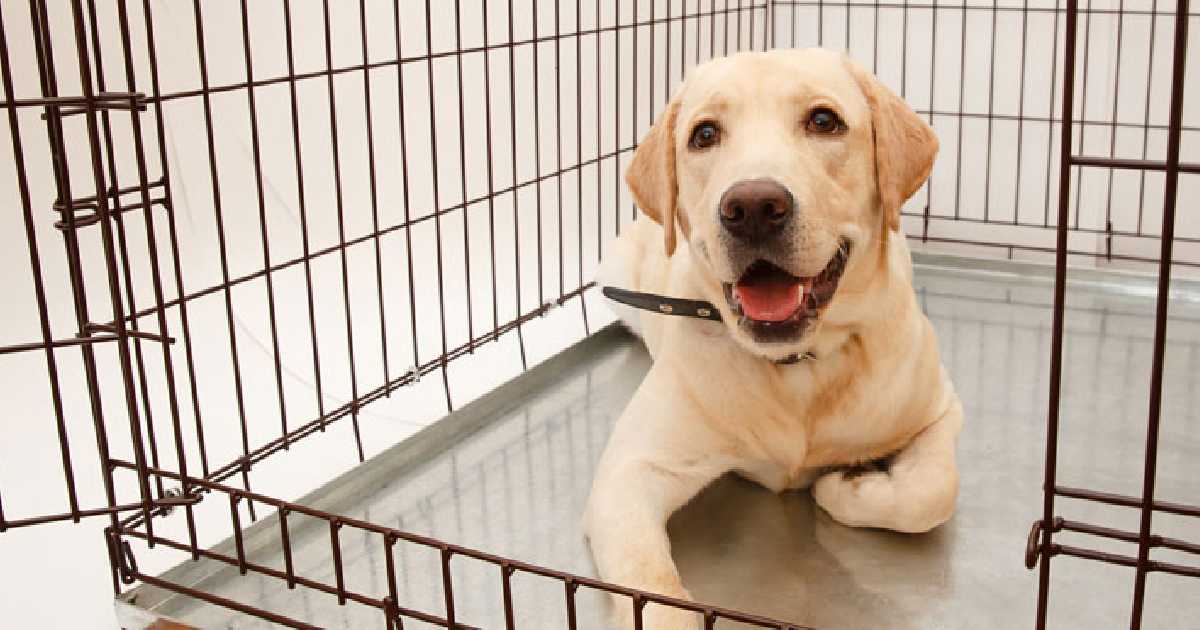
Crate training is essential to every dog. And contrary to popular beliefs, crate training isn’t cruel if done rightly. It relaxes your dog in fact and make it their own personal little home from home. With this said, crate training has to be done rightly! And in most cases, it is not an overnight procedure. It usually takes weeks if not months to completely master. So be patient! And keep consistent with the steps.
Remember that the crate is meant to be a place for your dog to relax. It is meant to be a safe haven for your dog whenever he feels stressed or tired. Occasions such as firework or a large gathering at your house may trigger panicky reactions. When that happens, the crate is the place to go for your dog to calm himself. With this said, it is not meant for punishment! Always associate the crate with positive associations. You would want your dog to enter the crate willingly and happily.
To begin, make sure you have a crate that suits your dog. There are various kinds of crates but on a general note, ensure that the crate is big enough for your dog. Too small a crate is incredibly uncomfortable and unhealthy for your dog. So do your research!
Once you got the crate down, place it in an area where your dog will most often see you. Places like the living room or your bedroom are usually recommended. Also place a bed or a mat into the crate for your dog to rest. Start by sitting near the crate. Call for your dog to come in a happy tone. When your dog comes, you can say a trigger word to associate crate time with. Repeat the word every time you call for your dog to come to the crate. Reward your dog with treats and praises. Do this until your dog would naturally come to the crate when you say the trigger word. The next step would be to place the treat near the crate. If your dog is brave and comfortable enough, place it in front of the crate door. Eventually, place the treat inside the crate for your dog to be fully in the cage.
To get your dog more comfortable, place his meals beside the crate. And if you can, place it inside the cage. Once your dog is having his meal in the cage, close the door. Stay with your dog while he is in the cage. Repeat this and prolong the duration of his stay inside. Then after some time, start to leave him alone in the cage. Go to a different room and come back after 10 minutes or so. Repeat this as well and gradually prolong the duration. Eventually, your dog would enter to its cage when you say the word.
Remember that this takes time! It may also take various trials and errors so don’t be easily discouraged. Feel free to change up the routine or the treats use. A recommended tip is to place a Kong toy in the crate. Since it is mentally engaging and stimulating, your dog would feel comfortable within the cage in no time. Generally, a dog should be left in a crate for no more than 8 hours. A younger dog should be left in the crate for less than 6 hours. Make sure that they get plenty of play time and socializing after crating to ensure that they are mentally healthy and physically fit.
With these said, it’s clear that owning a dog comes with its many tasks. But it is definitely worth the effort. Stay consistent and get training!







